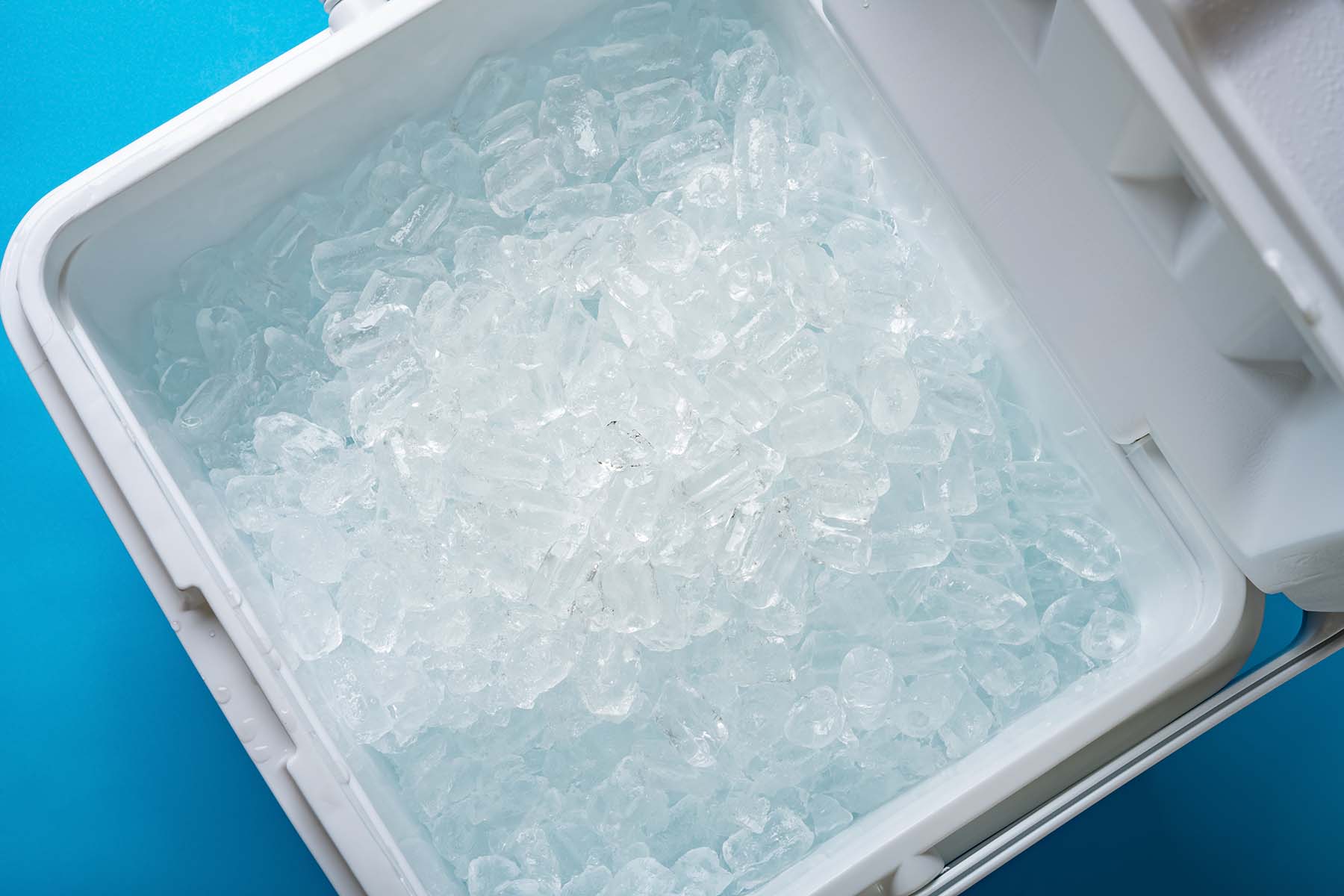To Relieve Pain, Should You Take the Plunge?

Cold is all the rage, from cold water immersion therapy to whole-body cryotherapy. Proponents of these treatment methods say that they can help reduce pain after workouts, improve mood, reduce stress and provide other benefits. But a closer look at the science paints a slightly different picture.
While some research has shown benefits from the various types of cold therapy for workout recovery, muscle soreness, and other ailments, other studies have shown little benefit or inconclusive results.
To help you determine if water immersion or other forms of cryotherapy may be the right choice for you, we took a closer look at the research and spoke with Kristopher J. Paultre, M.D., a family medicine and primary care sports medicine specialist with the University of Miami Sports Medicine Institute.
The most common form of cryotherapy is the good old-fashioned ice bath or cold water immersion therapy.
This goes by many names (water immersion therapy, hydrotherapy, cold water therapy) and is commonly seen among athletes after a tough day out on the field or court.
In 2012, researchers conducted a systematic review of research studies that examined the impact of cold water immersion on muscle soreness after exercise. The researchers examined the results of 17 studies that involved 366 participants.
After concluding their review, they acknowledged that the cold plunge after exercise seemed to have some positive impact in reducing muscle soreness. However, the studies varied in quality, and more research is needed in the area to draw any definitive conclusions.
What’s more, some research in the Journal of Physiology found that cold water immersion may delay muscle growth and adaptations from strength training. This was found in a group of 21 men who performed strength training sessions twice a week for 12 weeks.
The cold water may have numbed the pain and soreness after a workout. But it also may have delayed the positive outcomes of that pain and soreness (stronger muscles).
Dr. Paultre agrees with most of these study results.
“If you have an injury, soreness, and inflammation, it seems to help for basic recovery,” he says. “However, it doesn’t really help you with improving flexibility and strength. Overall, I think more research is needed in this area.”
There are some precautions people should take when it comes to ice baths. Staying in icy water for too long can cause hypothermia, heart arrhythmias, or heart attacks in some, says Dr. Paultre.
For this reason, you should limit your time in an ice bath to 10 to 15 minutes. And don’t try it at home.
“I only recommend this treatment in a gym or athletic setting with the supervision of a trainer,” he says. If you want similar results at home, using ice packs or even a cold shower is a suitable alternative.”
People with a heart condition should avoid this treatment altogether, he says.
What is whole-body cryotherapy?
Whole-body cryotherapy has gained popularity in recent years. With this treatment, a person enters a chamber with extremely cold temperatures (minus 200 degrees Fahrenheit) for two to four minutes. It claims to provide various benefits, from less pain to smoother skin.
Dr. Paultre cautions against this form of cryotherapy. The research seems even more dubious and inconclusive than the research around water immersion therapy. The American Academy of Dermatology reports that these chambers can cause frostbite, rashes, and frozen limbs, among other potential complications.
“Thus far, whole-body cryotherapy seems to be a lot of hype without much proven benefit,” says Dr. Paultre. “If I had to choose between the two for post-workout recovery, I think an ice bath is safer and has more proven benefits. It’s also less expensive.”
Wyatt Myers is a contributor for UHealth’s news service.
Tags: benefits of cold, benefits of cold water, benefits of ice baths, blood flow, Dr. Kristopher Paultrie
